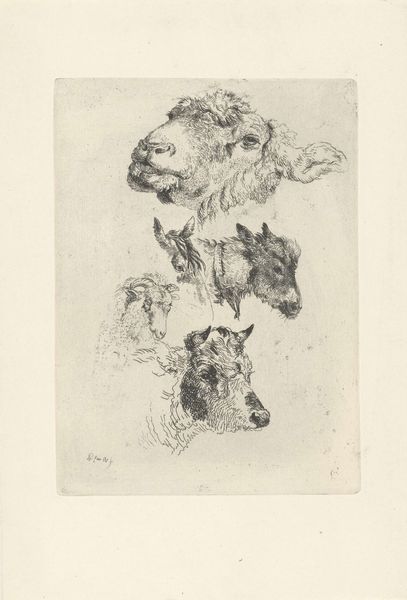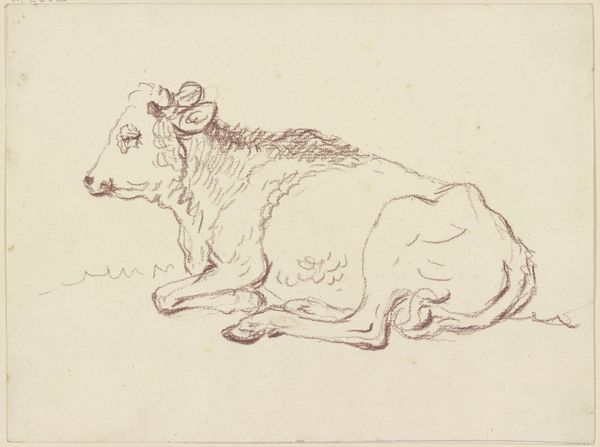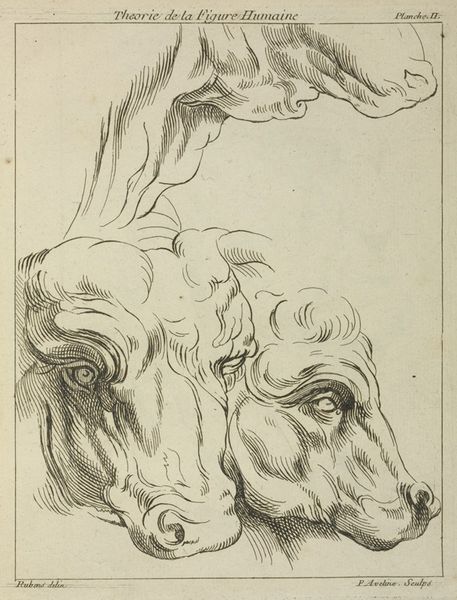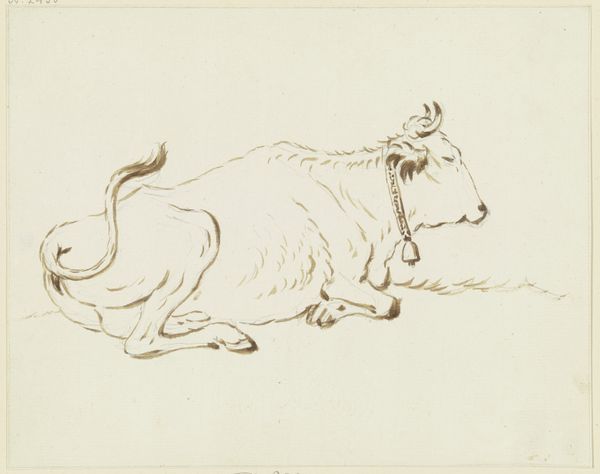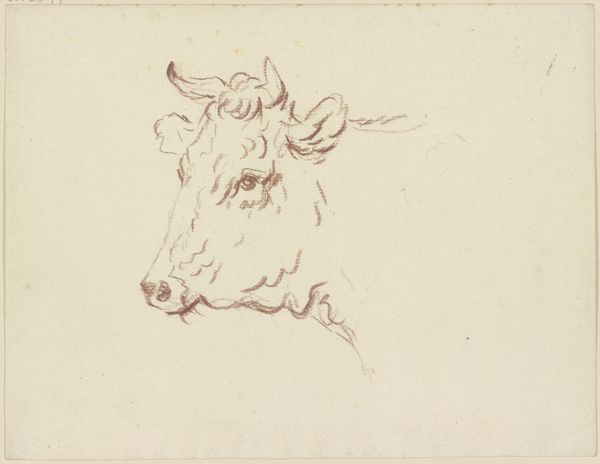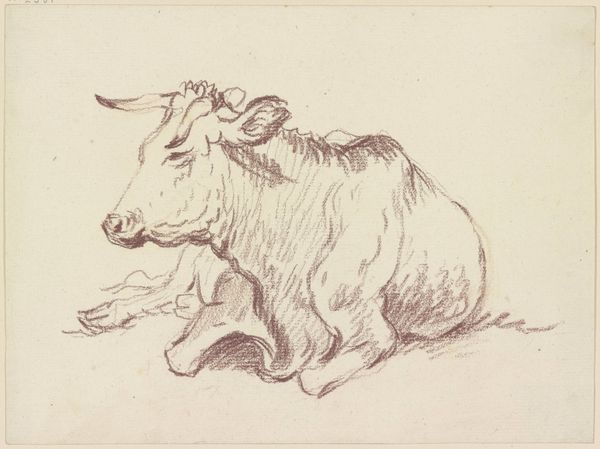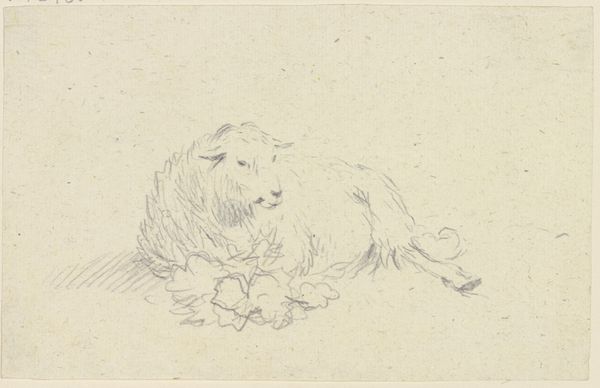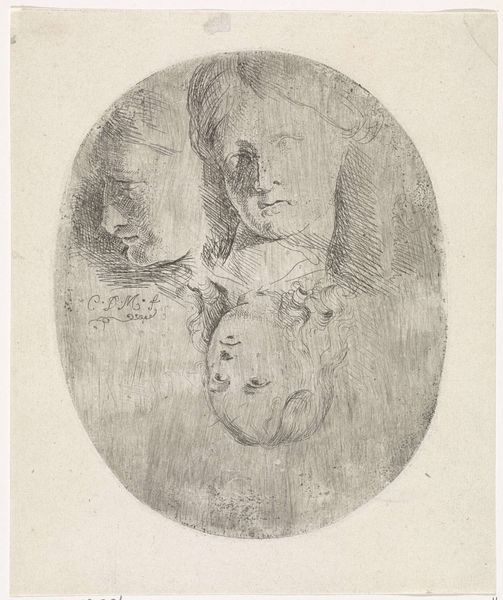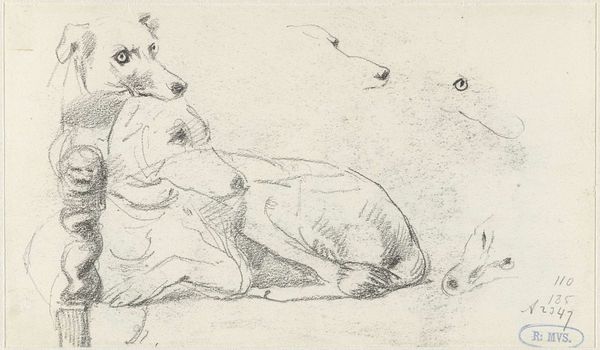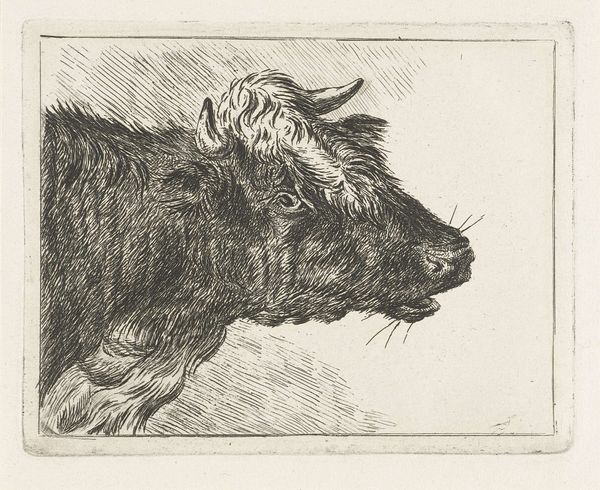
Studie efter antikke skulpturer: Vildsvinehoved, overkroppen af en stejlende hest, set bagfra og en arm med draperi 1846
0:00
0:00
drawing, ink, pencil
#
portrait
#
drawing
#
ink drawing
#
pencil sketch
#
landscape
#
figuration
#
ink
#
ancient-mediterranean
#
pencil
#
academic-art
Dimensions: 227 mm (height) x 144 mm (width) (bladmaal)
Curator: Looking at this study, created by Johan Thomas Lundbye in 1846, one gets a privileged glimpse into the artistic process of a 19th-century painter grappling with the classical past. The work gathers studies of antique sculptures—a boar’s head, the torso of a rearing horse, and a draped arm—rendered in pencil and ink. It's currently held in the collection of the SMK, Statens Museum for Kunst. Editor: My first impression is one of fragmented power. The rearing horse and the fierce boar suggest vitality, yet they're severed, isolated studies. There's an almost melancholic quality to these classical fragments, a sense of what's been lost or perhaps idealized from antiquity. Curator: Precisely! These drawings reveal a particular academic practice, focusing on mastery through imitation. Lundbye, deeply involved in the Danish Golden Age's national romanticism, turns to the canon for formal rigor, for the means to create an idealized vision of his homeland. The artistic climate prioritized historical painting. Editor: And one sees the socio-political element reflected here. By engaging with classical forms, Lundbye aligns himself and, by extension, Danish culture, with a perceived lineage of European intellectual and artistic authority. Yet, that authority carries its own history of appropriation and exclusion, doesn't it? Whose stories get told, and who is left out of that narrative? Curator: That's a crucial point. The study emphasizes a Eurocentric art historical trajectory, but in the hands of a landscape painter, are we looking at classical power structures or Lundbye working out techniques for imbuing the natural world with gravitas? The boar is powerful. It might symbolize the hunt. Editor: It brings up questions of access and representation. Whose “classical” past are we even referring to? And how does Danish national identity perform on the world stage by appealing to the aesthetic value system inherited from ancient sources, laden with problematic power dynamics? Curator: This study encapsulates a pivotal moment where artistic tradition encounters a rising tide of nationalism and sets the stage for conversations around what constitutes a cultural inheritance, what should be remembered. Editor: Indeed, pondering this art leads me to ask questions about our era’s own responsibilities to critically examine and expand that definition of cultural inheritance to include the multiple diverse narratives.
Comments
No comments
Be the first to comment and join the conversation on the ultimate creative platform.
